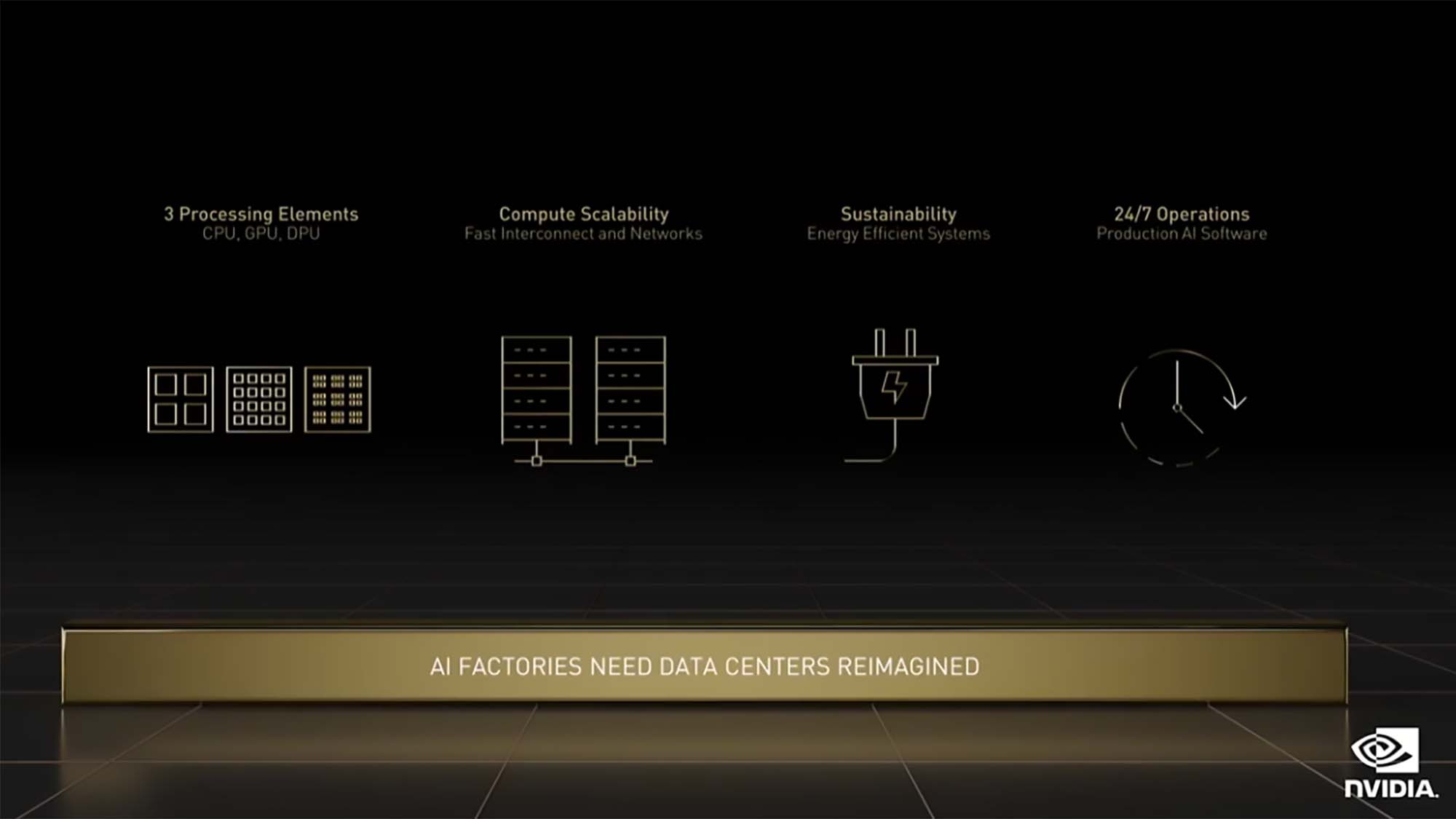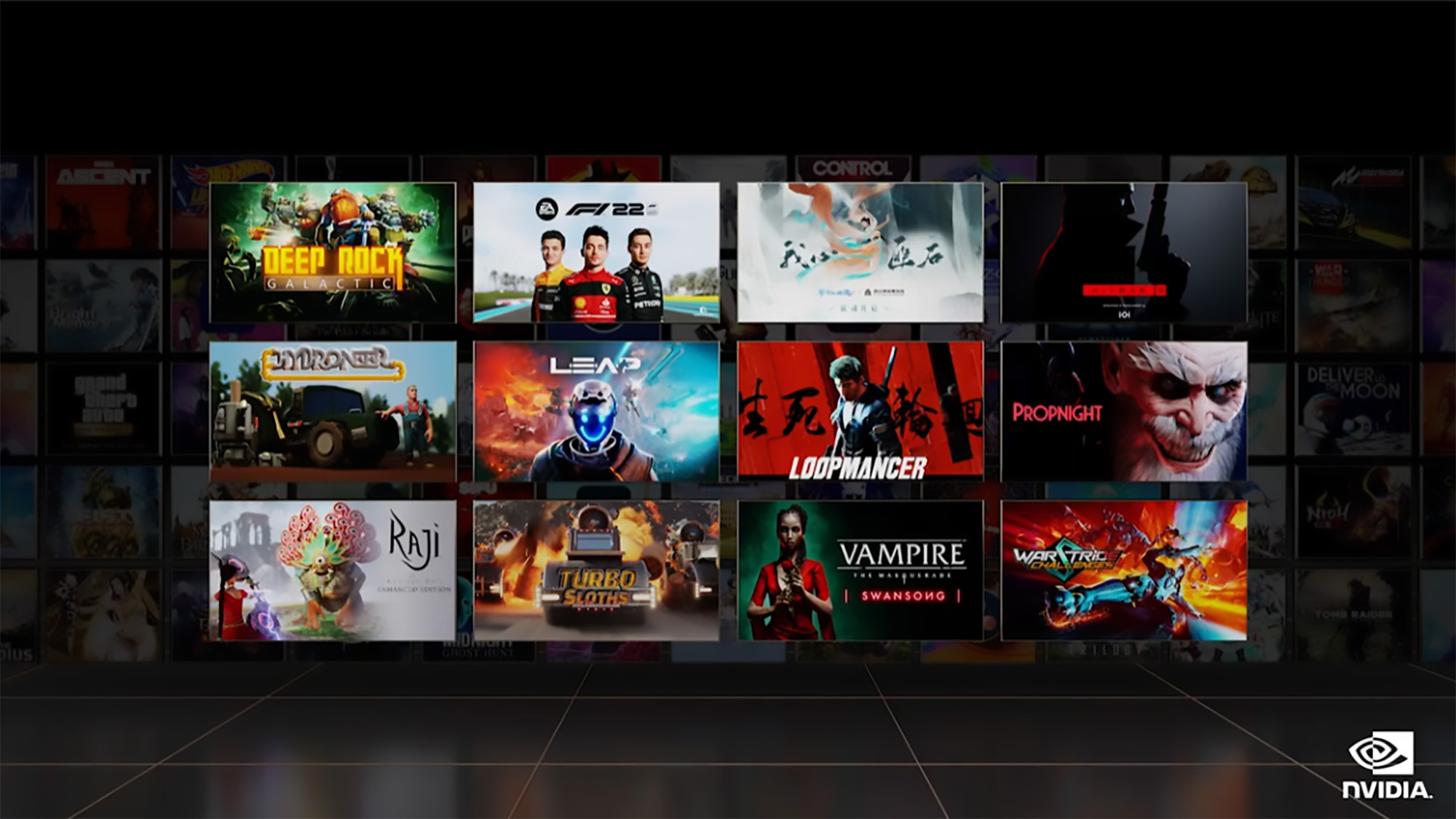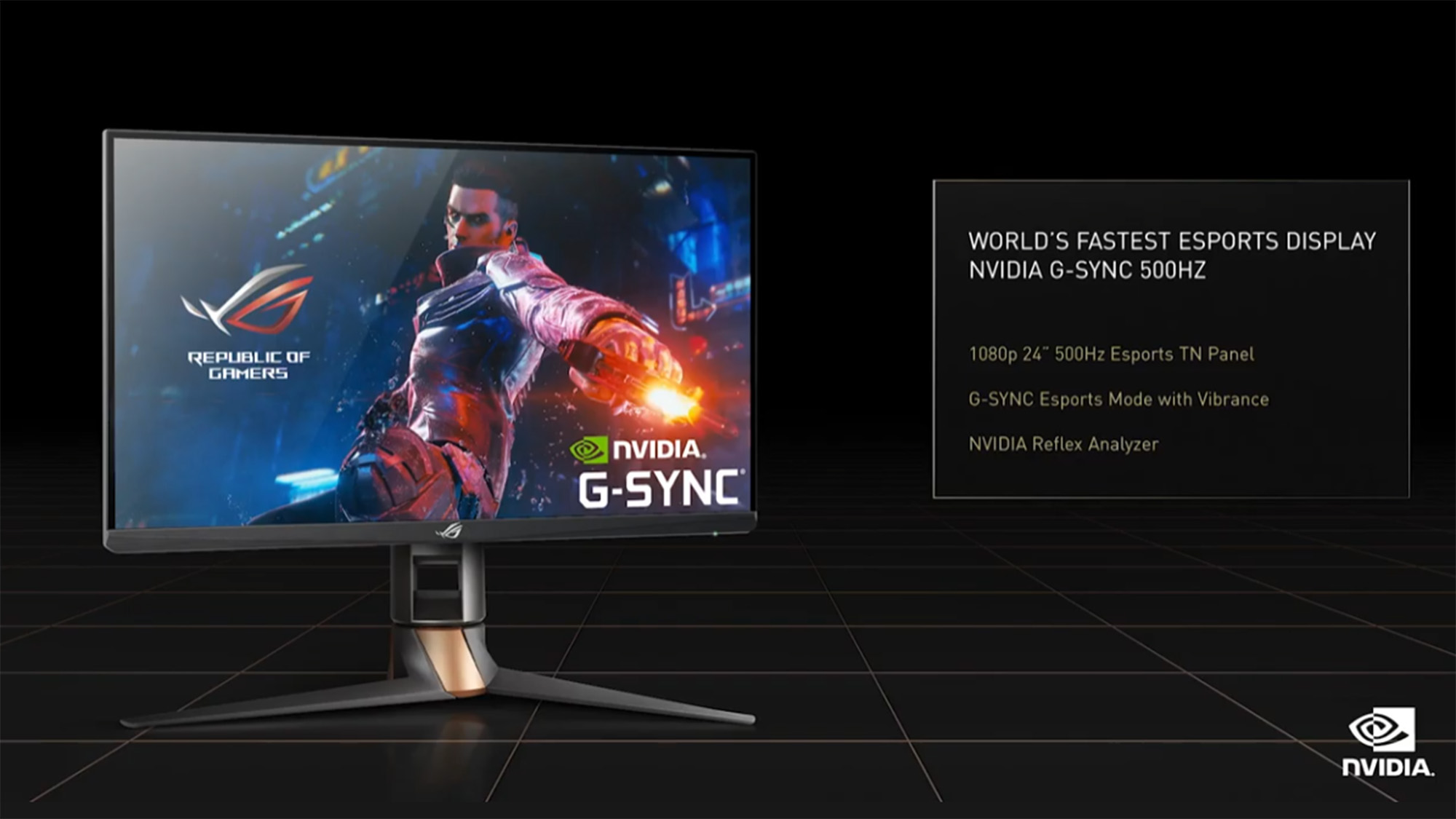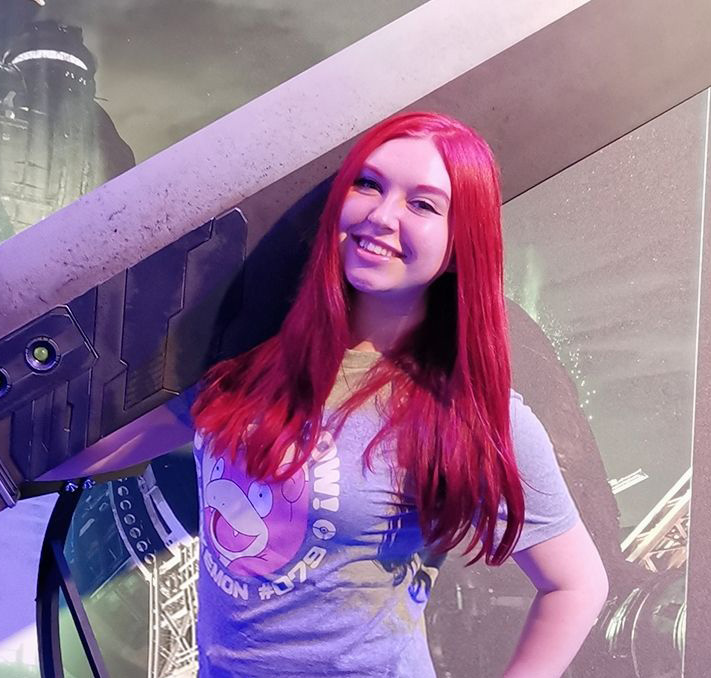Nvidia at Computex 2022: everything you need to know
Here's what featured in Team Green's keynote

Nvidia had some pretty exciting new developments to show off at its keynote during Computex 2022, though it's unlikely that you watched the live stream of the presentation if you live in Europe or some parts the US.
The broadcast kicked off at 8PM PT on May 23 (11PM ET, or 4AM May 24 BST), which could be considered outside of sociable hours for most of us, but luckily we've rounded up all of the important information from the event so you're not missing out on sleep OR on Team Green's presentation.
Our own Computing Editor covered the event as it happened in our Nvidia Computex liveblog if you want to feel like you're watching the event in real-time, otherwise, we're going to lay out everything you need to know from the broadcast.
Of course, Nvidia isn't the only company presenting at Computex this year, so we also recommend checking out the full Computex roundup for information on what brands like AMD are bringing to the table.
Grace-Hopper Superchips

Nvidia's Grace CPU and Hopper Superchips are set for release in early 2023, and while this will be of little interest to Nvidia's PC gaming audience, this is especially exciting news for anyone working with data centers or machine learning.
Nvidia announced during its keynote that Taiwan’s leading computer makers are set to release the first wave of systems powered by the Nvidia Grace CPU Superchip and Grace Hopper Superchip, which were teased last year. These servers will be suitable for a wide range of workloads such as AI, high-performance computing, and cloud graphics.
Nvidia does also mention gaming in this, though this certainly shouldn't be on your radar if you're just looking to build yourself a gaming PC ... instead, this is better suited to large-scale operations like game design or group gaming environments.
Sign up for breaking news, reviews, opinion, top tech deals, and more.
“A new type of data center is emerging — AI factories that process and refine mountains of data to produce intelligence — and NVIDIA is working closely with our Taiwan partners to build the systems that enable this transformation,” said Ian Buck, vice president of Hyperscale and HPC at NVIDIA.
“These new systems from our partners, powered by our Grace Superchips, will bring the power of accelerated computing to new markets and industries globally.”
When Nvidia introduced the Grace Hopper CPU Superchip at GTC 2022, it made some bold claims regarding the ARM processor's capabilities, promising it could achieve 1.5X more performance than two 64-core AMD EPYC processors while using 50% less power.
The new 144-core Arm Neoverse-based discrete data center CPU is actually comprised of two CPU chips connected over the company's high-speed, low-latency, chip-to-chip (C2C) interconnect, NVLink.
All of the four reference systems shown during the stream are powered by Nvidia's Arm-compatible Grace and Grace-Hopper Superchips announced at GTC earlier this year.
More games upgrade with DLSS, Reflex and ray tracing

We were hoping Nvidia would throw us some scraps of information about its upcoming Lovelace RTX 40 series of graphics cards, which are likely to succeed the current Ampere range, though unfortunately not even a morsel was provided.
Still, the keynote did have some news that should appeal to the gaming community, such as a list of games that are being upgraded to include features like DLSS, Nvidia Reflex and ray tracing.
Details are provided on the Nvidia website, which states that "Since the launch of DLSS, over 180 games and applications have added the tech", alongside some video clips that compare the performance of these new games both with and without DLSS enabled.
You'll find the full list of games getting DLSS below:
- Deep Rock Galactic
- F1 22
- LEAP
- Ghost
- Loopmancer
- Hitman 3
- Hydroneer
- Propnite
- Raji: An Ancient Epic
- Vampire: The Masquerade - Swansong
- Turbo Sloths
- Warstride Challenges
Nvidia also mentioned that Reflex, a feature that can lower your system latency by combining both GPU and game optimizations, is coming to four new titles. This is something that's typically included in competitive multiplayer or esports games, which makes Icarus (an open-world PvE survival game) a strange inclusion to the mix, but we'll reserve judgement until we can compare how it looks both with and without the feature running.
The four games getting Nvidia Reflex are as follows:
- Icarus
- My Time At Sandrock
- Soda Crisis
- Warstride Challenges
The worlds fastest gaming monitor

Something we certainly didn't anticipate was for Nvidia to introduce a gaming monitor during Computex, but here we are. This isn't just any old display though - the Asus ROG Swift 500Hz features, as the name would suggest, a refresh rate of 500Hz which would make this the fastest gaming display on the market.
According to the Nvidia website, "This 500Hz display has been designed from the ground up for esports, using a brand new E-TN (Esports TN) panel for maximum motion clarity. It also boasts Nvidia G-SYNC Esports Mode with adjustable esports vibrance and of course, complete Nvidia Reflex Analyzer support, allowing users to measure end-to-end system latency when using an Nvidia Reflex mouse and GeForce GPU."
A video was provided that shows the apparent benefits of 500Hz over 144Hz (arguably the most common refresh rate on budget gaming monitors these days), but we're a tad skeptical about how beneficial this would be to anyone who isn't a ranked professional player, or if the human eye can even see much of a benefit at this speed over something like a 240Hz or 360Hz display...it all feels a tad unnecessary, but we'll try and reserve judgment until we can see the benefits with our own eyes.
- This year, Computex is once again virtual, but we'll still be bringing you all the breaking computing news and launches as they happen, so make sure you check out all of TechRadar's Computex 2022 coverage.

Jess is a former TechRadar Computing writer, where she covered all aspects of Mac and PC hardware, including PC gaming and peripherals. She has been interviewed as an industry expert for the BBC, and while her educational background was in prosthetics and model-making, her true love is in tech and she has built numerous desktop computers over the last 10 years for gaming and content creation. Jess is now a journalist at The Verge.